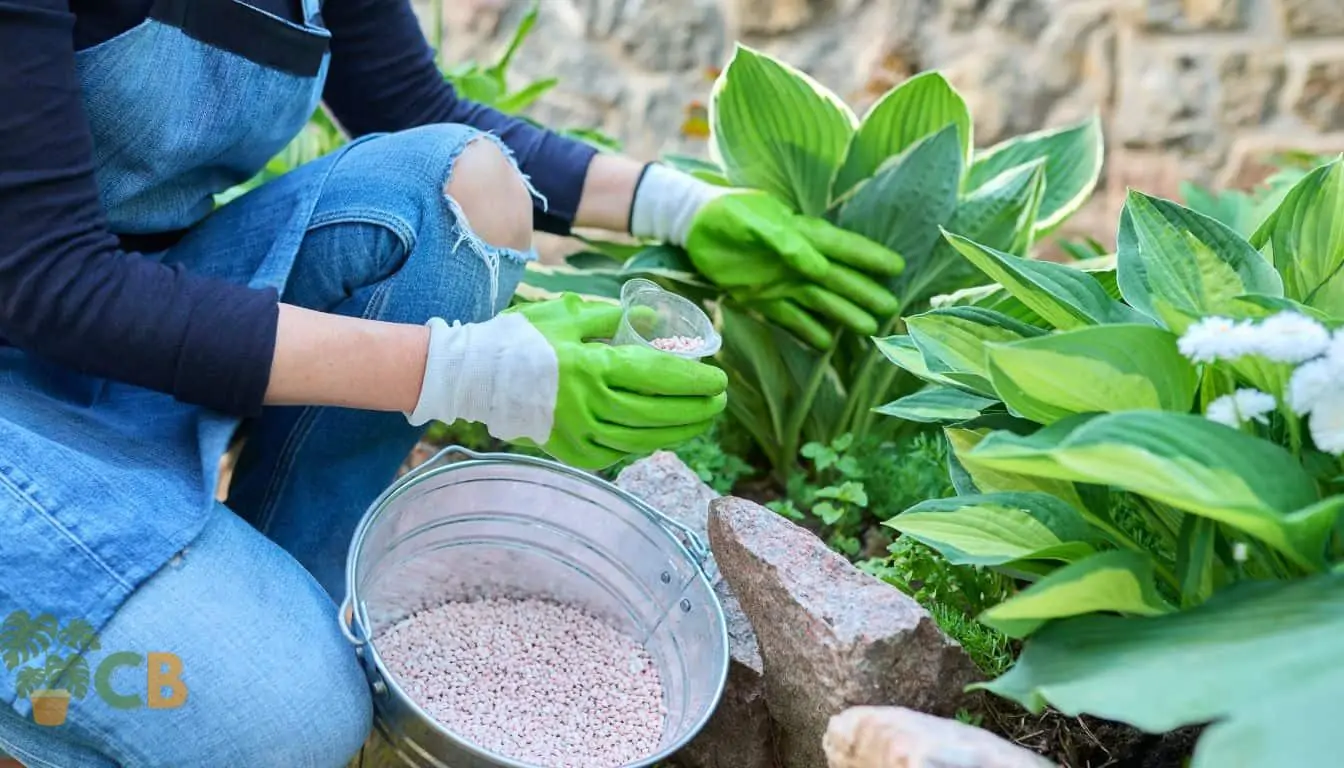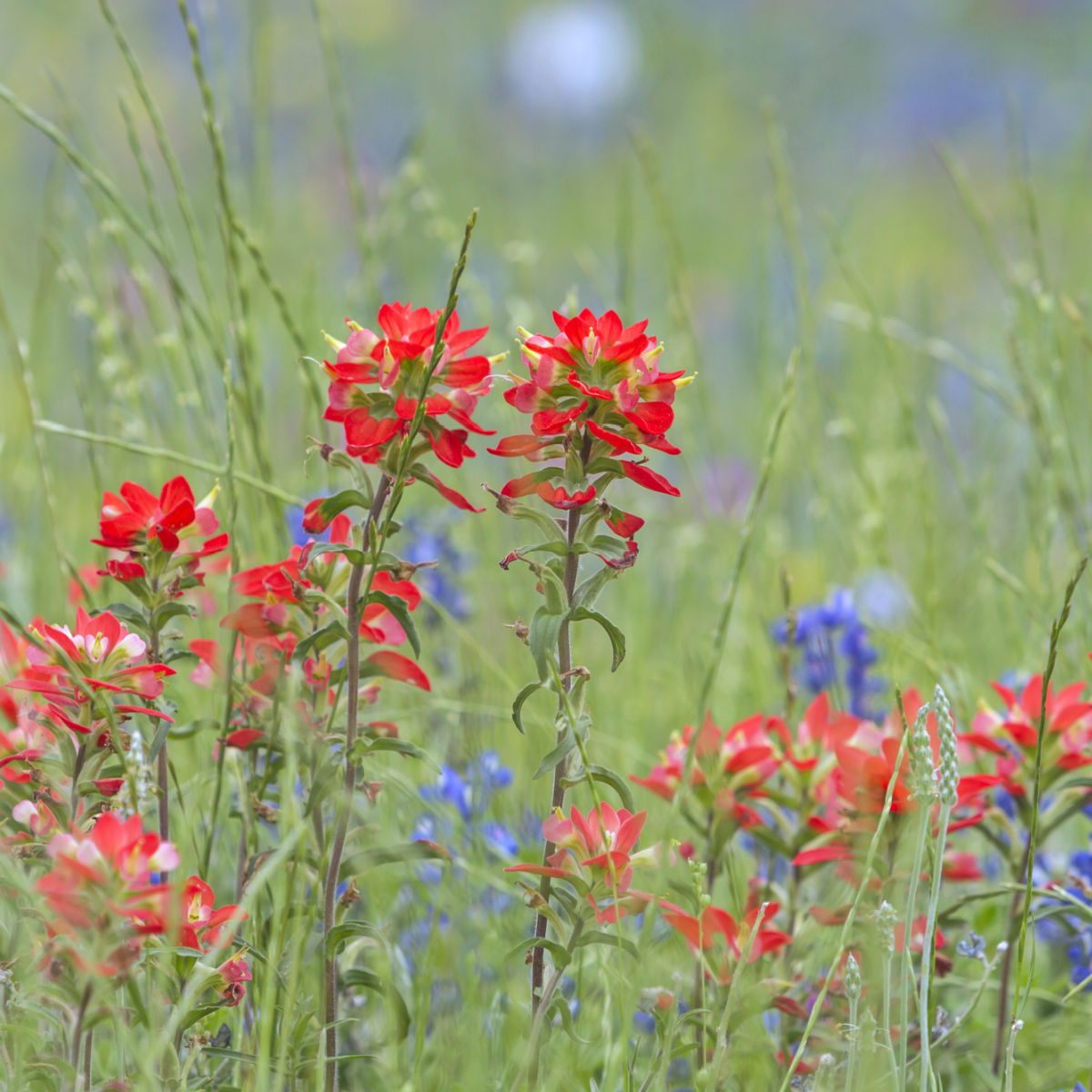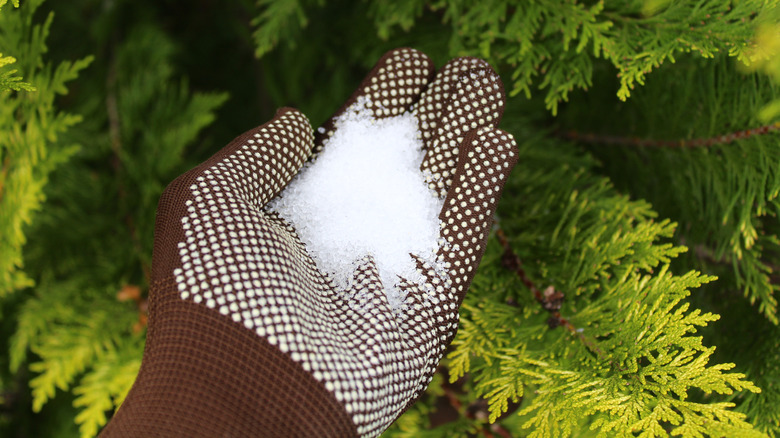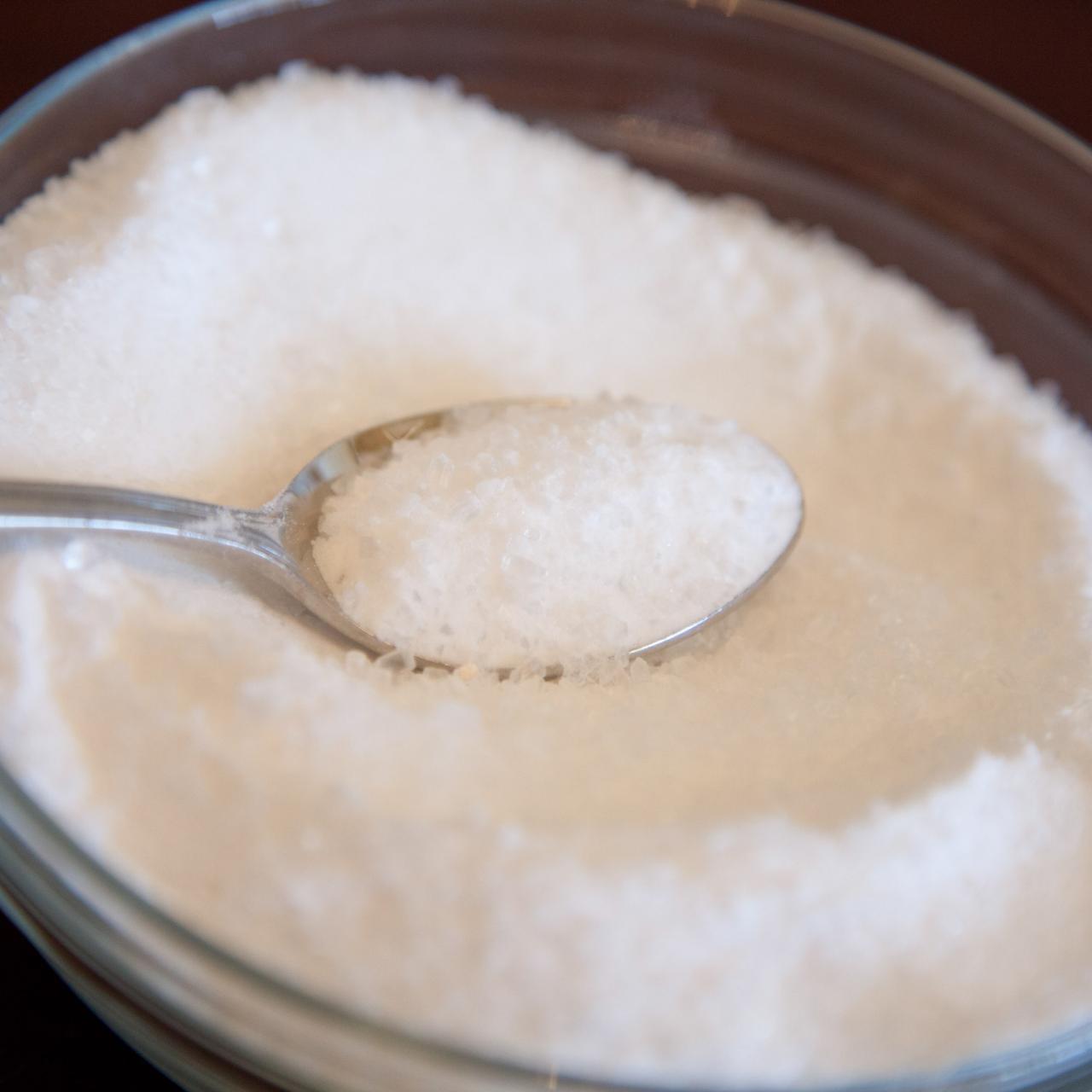What Plants Don't Like Epsom Salt? A Comprehensive Overview
What Plants Don't Like Epsom Salt? A Comprehensive Overview
Blog Article
Discover the Specific Plants That Are Negatively Influenced by Epsom Salt Application
Epsom salt, a prominent house treatment for different horticulture problems, is frequently praised for its helpful results on plant growth. Not all plants react positively to its application. Recognizing the certain plants that can be negatively influenced by Epsom salt is crucial for any garden enthusiast looking to enhance their plant care routine. Roses, tomatoes, peppers, rhododendrons, and azaleas are just a few examples of plants that might not react well to Epsom salt. The reasons behind these damaging effects and how to minimize them are essential knowledge for preserving a prospering yard.
Roses

Roses, specifically conscious modifications in their environment, can be negatively impacted by the application of Epsom salt. While Epsom salt is generally made use of as a plant food to advertise plant development and improve flowering, roses are just one of the plants that do not react well to its application. The high magnesium content in Epsom salt can conflict with the uptake of various other necessary nutrients by the rose plants, resulting in shortages that materialize as yellowing fallen leaves or stunted development.

Tomatoes
While Epsom salt is typically promoted as a treatment for numerous plant concerns, consisting of blossom end rot in tomatoes, its application can lead to detrimental outcomes if not used carefully. Extreme Epsom salt, which is magnesium sulfate, can interrupt the delicate nutrient equilibrium required by tomatoes, possibly leading to deficiencies in various other necessary nutrients like calcium. When thinking about the use of Epsom salt on tomatoes, it is critical to stick to advised application prices and dirt testing to prevent unintended effects on the general health and wellness and performance of these precious yard plants.
Peppers
Peppers, admired for their different shades and degrees of spiciness, can demonstrate sensitivity to adverse effects from Epsom salt when not applied with treatment and consideration for their specific dietary needs. what plants don't like epsom salt. Peppers, belonging to the Solanaceae family, require a delicate balance of nutrients to flourish. While Epsom salt is recognized to boost magnesium degrees in plants, extreme application can disrupt this stability, leading to damaging impacts on pepper plants
When peppers are revealed to high degrees of magnesium from Epsom salt, it can interfere with the plant's capability to absorb other crucial nutrients like calcium and potassium. This discrepancy may materialize in signs and symptoms such as leaf staining, stunted growth, and minimized fruit production. Additionally, the extreme magnesium can alter the Click This Link soil pH, more intensifying nutrient uptake problems for peppers.

Rhododendrons
Offered the sensitivity of particular plant varieties to discrepancies created by Epsom salt, it is vital to take into consideration the influence on Rhododendrons, which also need certain nutrient degrees to grow. Rhododendrons are acid-loving plants that prefer acidic soil conditions with a pH range in between 4.5 and 6.0. Epsom salt, chemically referred to as magnesium sulfate, can alter the soil pH and disrupt the delicate balance of nutrients important for Rhododendron health and wellness.

To keep the optimum development and wellness of Rhododendrons, it is vital to avoid the indiscriminate usage of Epsom salt and rather concentrate on giving the certain acidic soil conditions and nutrients that these plants need for growing.
Azaleas
Azaleas, understood for their dynamic flowers and broad variety of colors, are decorative bushes that belong to the Rhododendron category. These popular blooming plants are commonly found in landscapes, gardens, and parks because of their beauty and adaptability. Azaleas are delicate to modifications in soil pH levels, which can significantly influence their growth and total health and wellness. While Epsom salt is commonly made use of as a solution for magnesium deficiency in plants, its application to azaleas can have damaging impacts.
Azaleas choose a little acidic dirt conditions, and an unwanted of magnesium from Epsom salt can disrupt this balance, leading to nutrient inequalities and prospective toxicity problems. The inaccurate application of Epsom salt can result in stunted growth, yellowing of leaves, and general decline in the wellness of azaleas.
Final Thought
Finally, it is essential to be read this article knowledgeable about the certain plants that can be adversely influenced by the application of Epsom salt. Roses, tomatoes, peppers, azaleas, and rhododendrons are some instances of plants that might not benefit from Epsom salt and can even endure injury. It is crucial to research study and understand the demands of each plant species before utilizing Epsom salt as a fertilizer to ensure their wellness and health.
Recognizing the specific plants that can be negatively influenced by Epsom salt is essential for any kind of gardener looking to maximize their plant care regimen. While Epsom salt is commonly used as a fertilizer to promote plant development and boost flowering, roses are one of the plants that do not respond well to its application.Extreme usage of Epsom salt can additionally result in an accumulation of salts in the soil, leading to root damage and dehydration of the rose plants. While Epsom salt is understood to increase magnesium levels in plants, too much application can interrupt this stability, leading to damaging results on pepper plants.
The high salt content in Epsom salt can additionally dehydrate Rhododendron roots, triggering additional stress and anxiety and damages to the plant. (what plants find don't like epsom salt)
Report this page